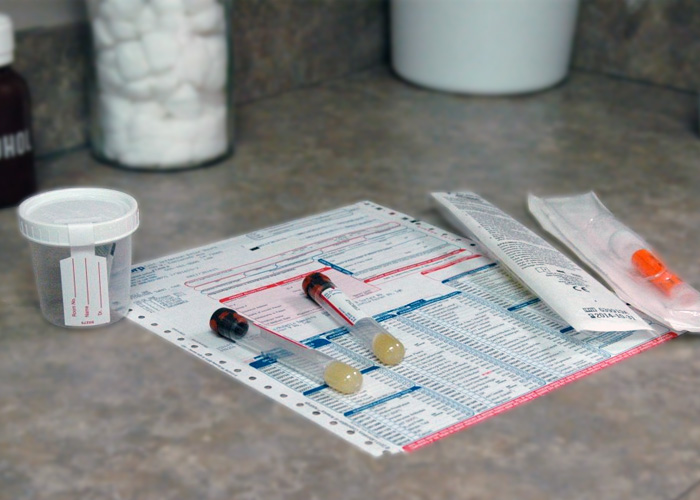Yesterday you were full of strength and energy, but today you have snot, drool, you don’t want anything, does something hurt? These are signs of a disease. Before proceeding with treatment, it is important to find out “by what or by whom” whether the disease condition is caused by viruses or bacteria.
A reasonable question arises - why know the nature of the onset of the disease, if the signs are almost the same? And how to determine what disease "came"? Let's figure it out.
Why determine the type of infection
Correct diagnosis is half the success in treating the disease.
Diseases caused by viruses and bacteria are treated differently and, if misdiagnosed, can aggravate the patient's condition. Doctors, especially the "old school", like to prescribe antibiotics for any sneeze. In the case of the bacterial basis of the disease, this method will give a positive result. And if the viral basis of the disease, then the already weakened body, antibiotics will finish off and the disease will only progress.
A viral infection is treated with antiviral drugs, bacteria are killed with antibiotics.
Therefore, it is very important to correctly determine the type of infectious disease. And start using the right drugs.
What are viruses and bacteria, explains Evgeny Komarovsky
bacteria are the simplest unicellular organisms. Once in the body, bacteria begin to live, multiply and secrete waste products, which in turn poison a healthy body and cause pain. Unlike a viral infection, a bactericidal one requires the mandatory intervention of medical preparations.

Symptoms (signs) of infections
| bacterial infection | Viral infection |
|---|---|
| The onset of the disease is not as pronounced as with a viral infection. | The onset is sudden, sharp heat / cold, “knocks down” in a couple of hours. |
| The temperature rises for several days, stays above 38 and does not drop, it is possible to continue rising to 39-40 degrees. | The temperature rises quickly, stays between 37-38 degrees for a couple of days and begins to decline. |
| If the nasopharynx is affected, the discharge is purulent and thick. | Accompanied by discharge from the nose, the discharge is clear, liquid. |
| Something hurts. Bacteria infect only a certain organ, and it hurts. | Pain all over the body, aching bones / muscles. |
A sharp high temperature, general weakness, pain in the bones and muscles, flowing from the nose are the hallmarks of a viral infection.
A bacterial infection differs from a viral one - severe pain in one organ or area of \u200b\u200bthe body, a gradual rise in body temperature (the first day is 37, the second is slightly higher than 37.4, and so on).
Often, a viral infection progresses to a bacterial infection. If, after improving the general condition (decrease in temperature), one thing starts to hurt, the temperature rises, you should immediately consult a doctor. And move on to another method of treatment.
How to distinguish a viral infection from a bacterial one by a blood test

The simplest and most effective method is a complete blood count. At the doctor's appointment, be sure to insist on a blood test. Distinguishing a viral infection from a bacterial one is not always easy. The doctor can easily make a mistake and prescribe the wrong treatment, which can result in a longer recovery. Or provoke the transition of a viral infection into a bacterial one.
